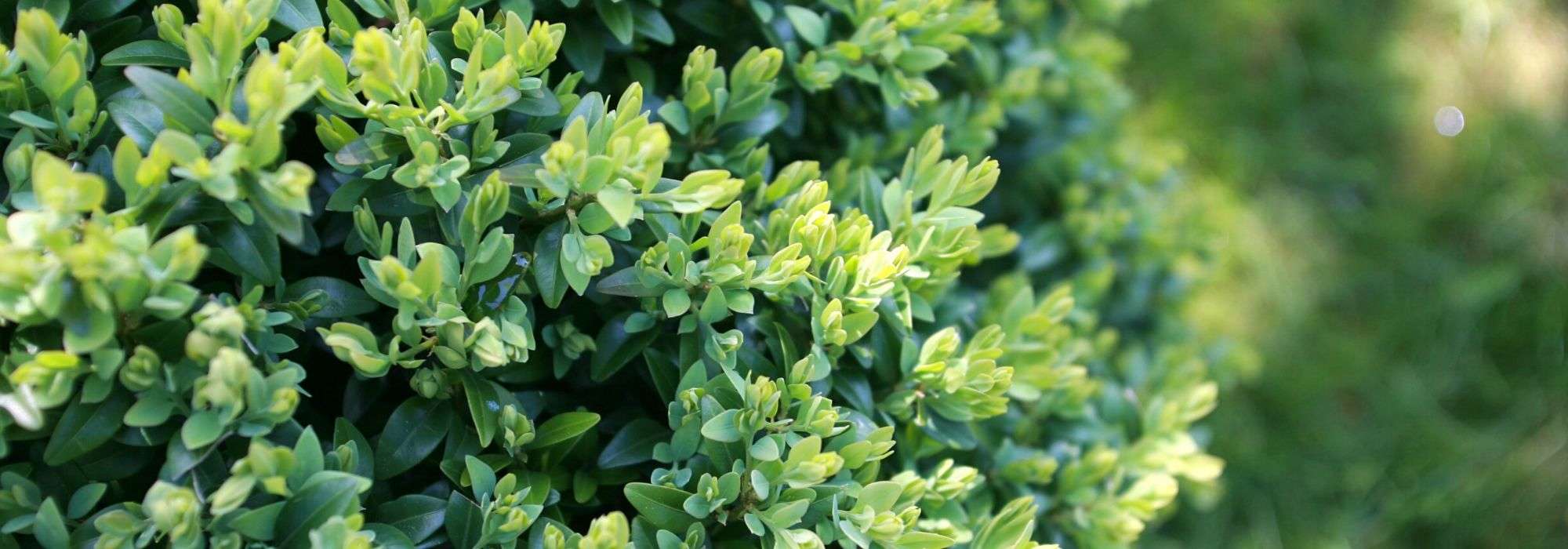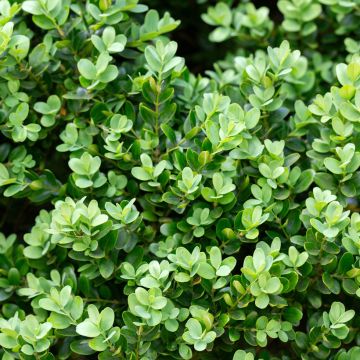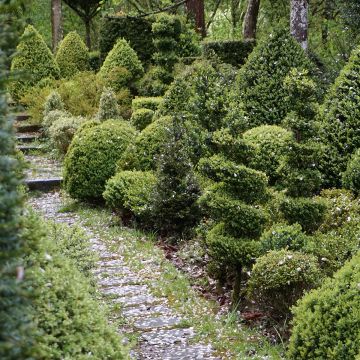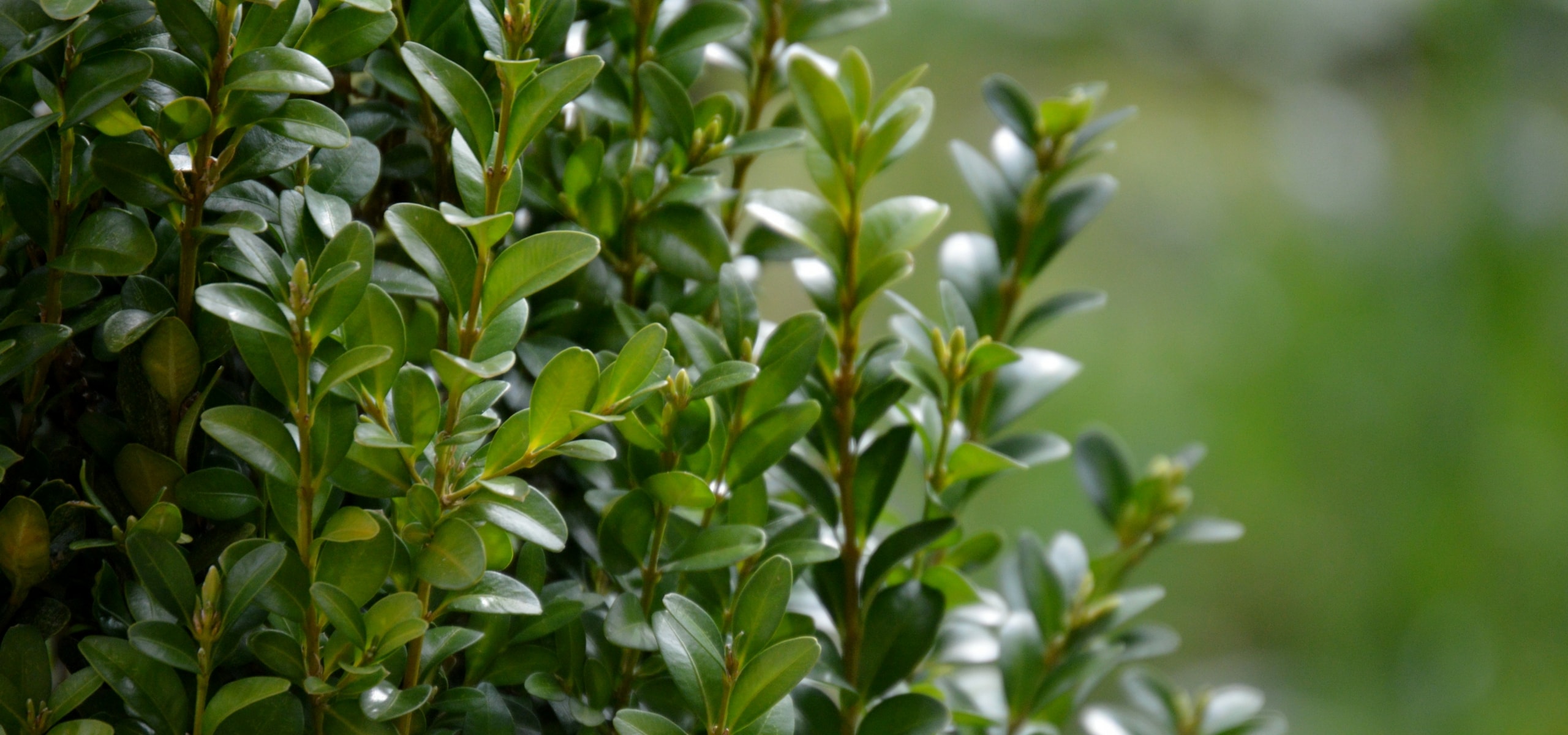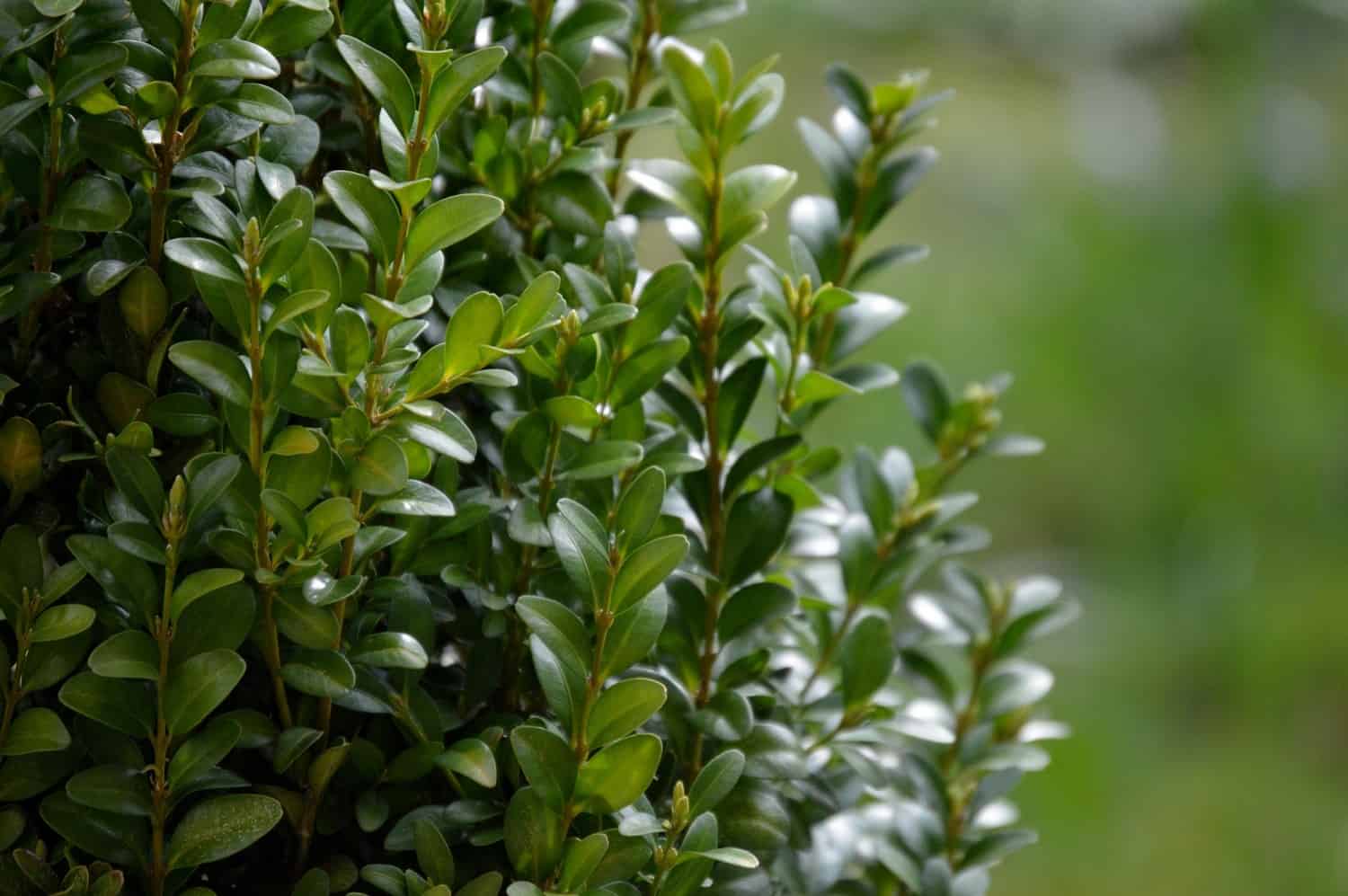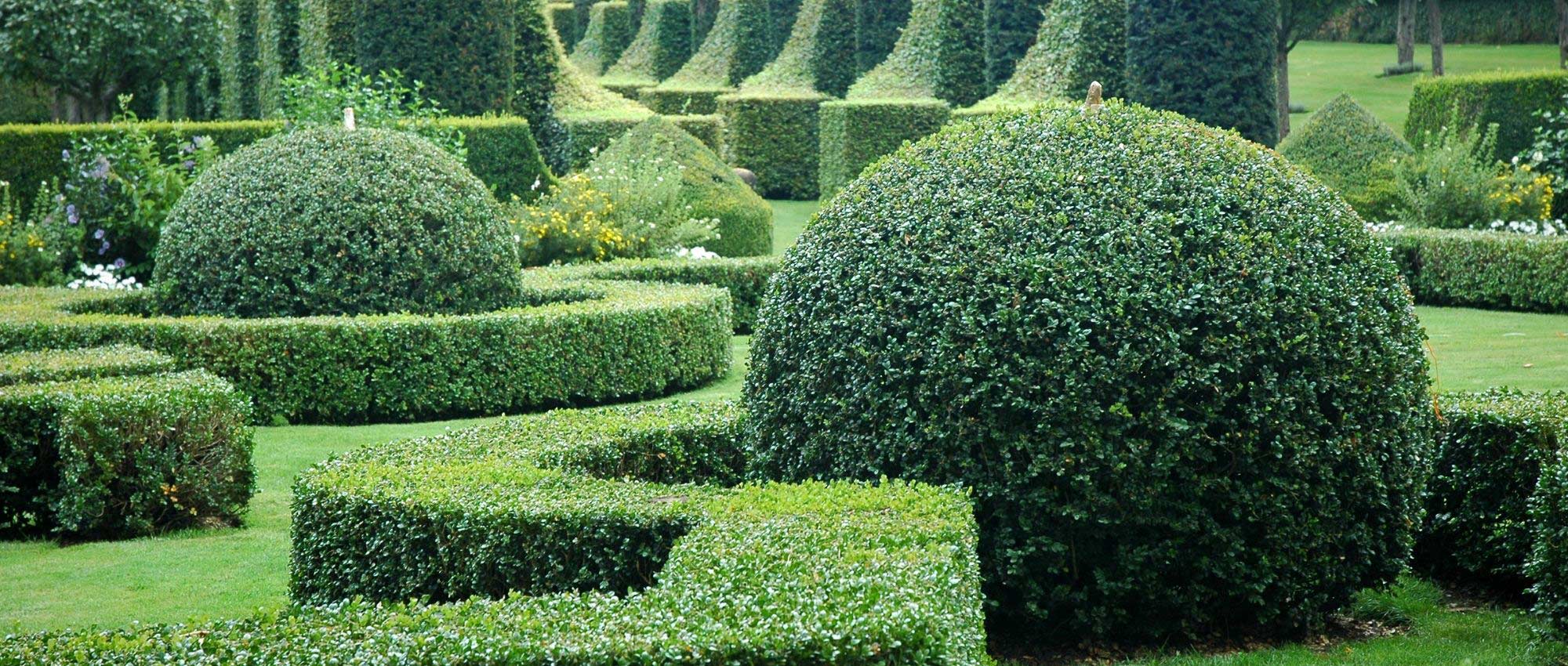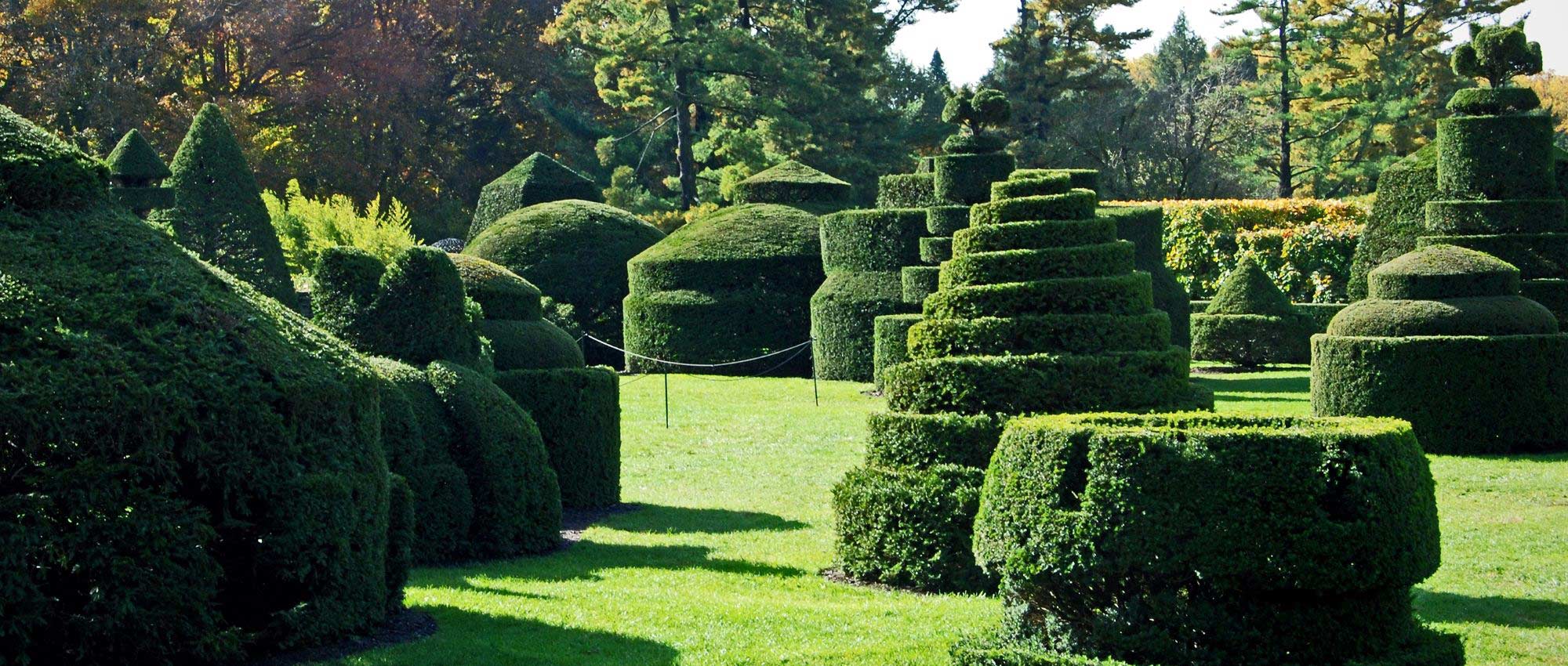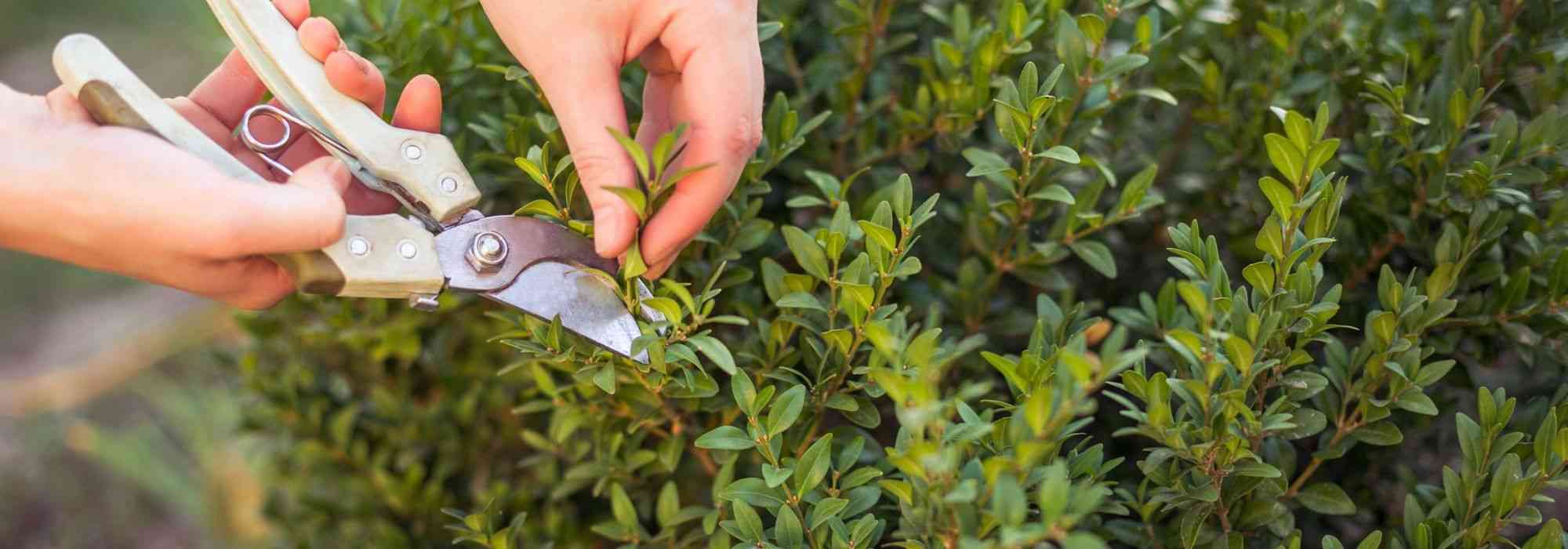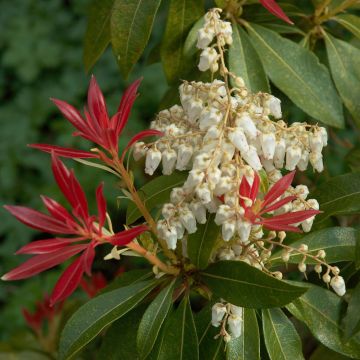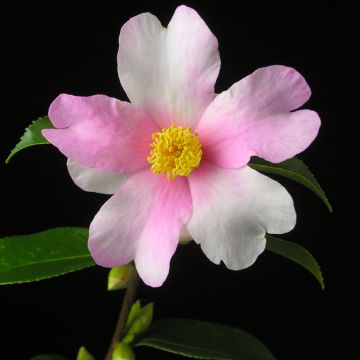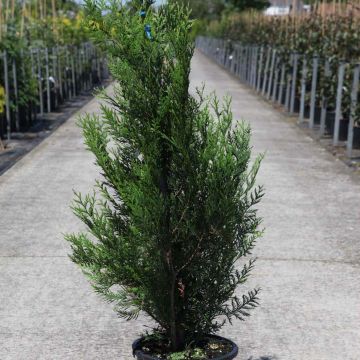

Buxus sempervirens - Boxwood


Buxus sempervirens - Boxwood
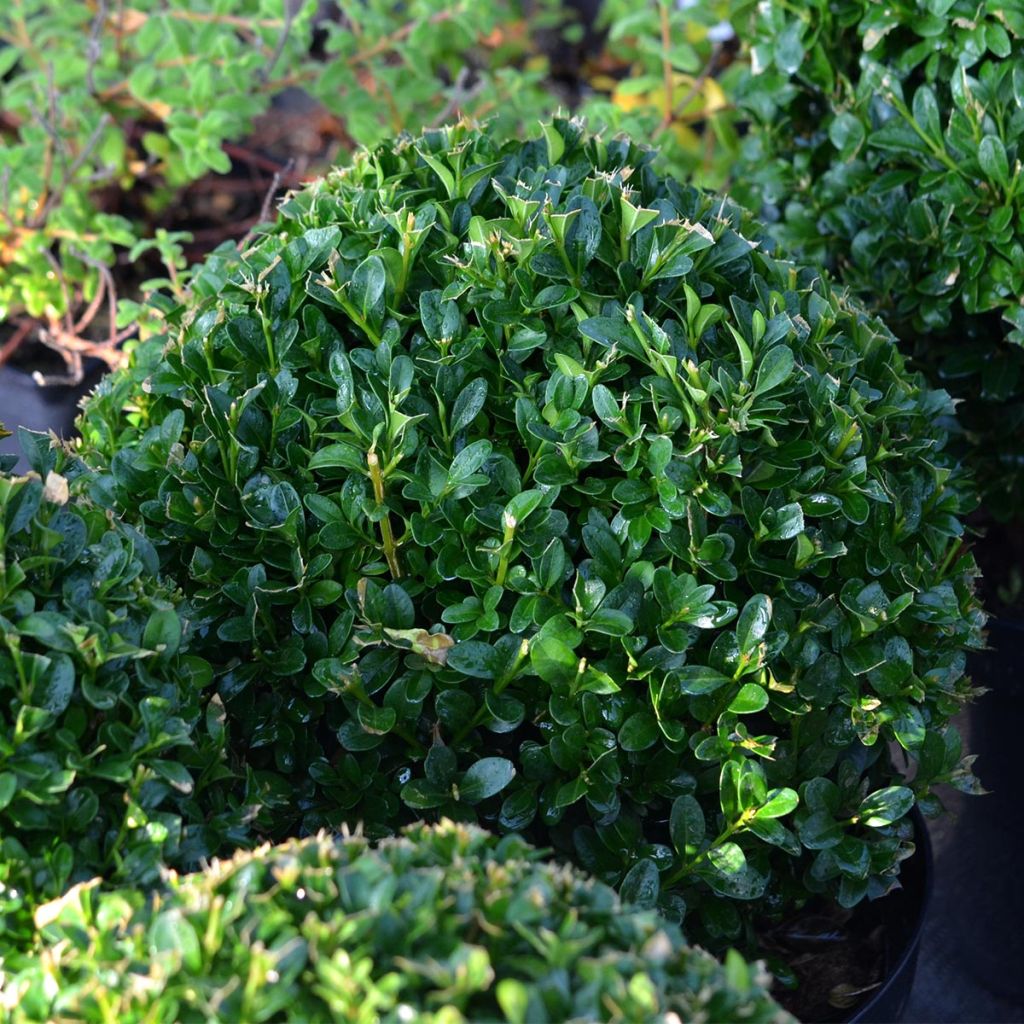

Buxus sempervirens - Boxwood
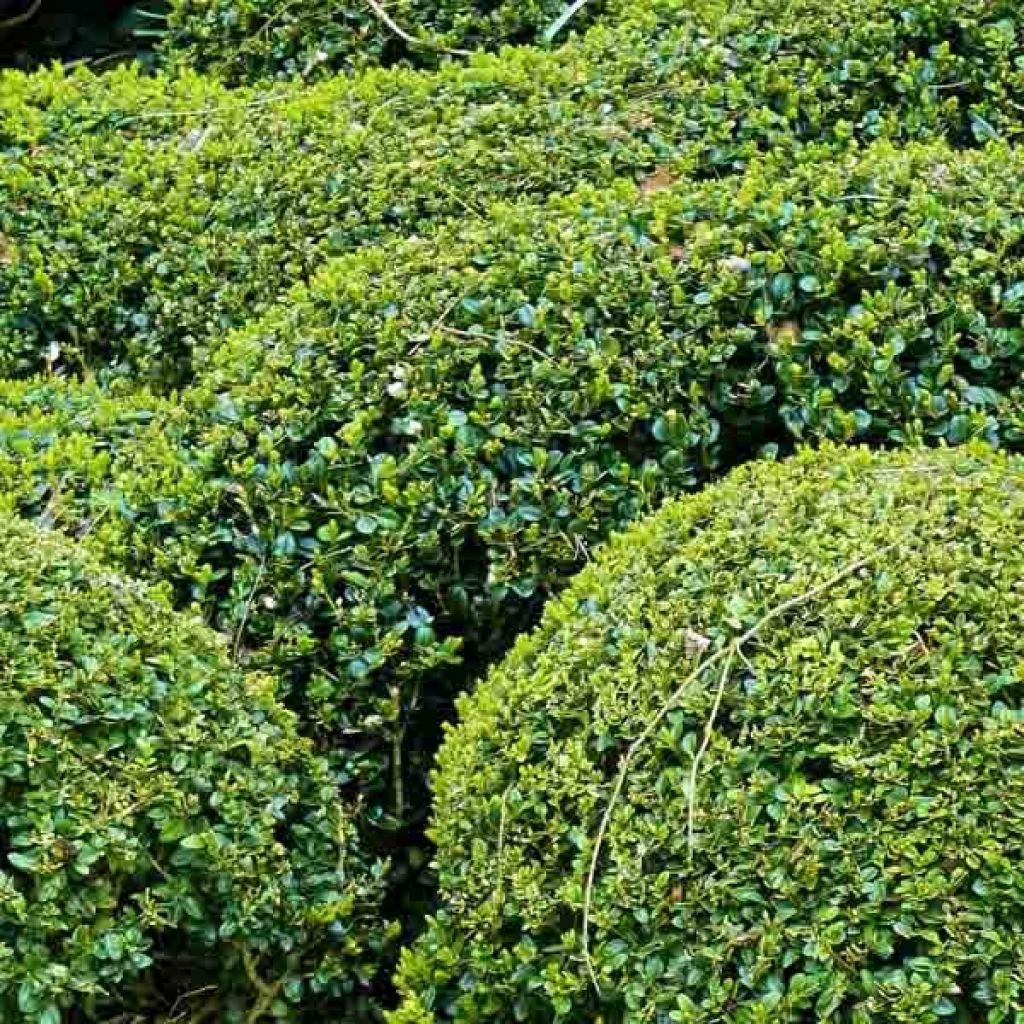

Buxus sempervirens - Boxwood
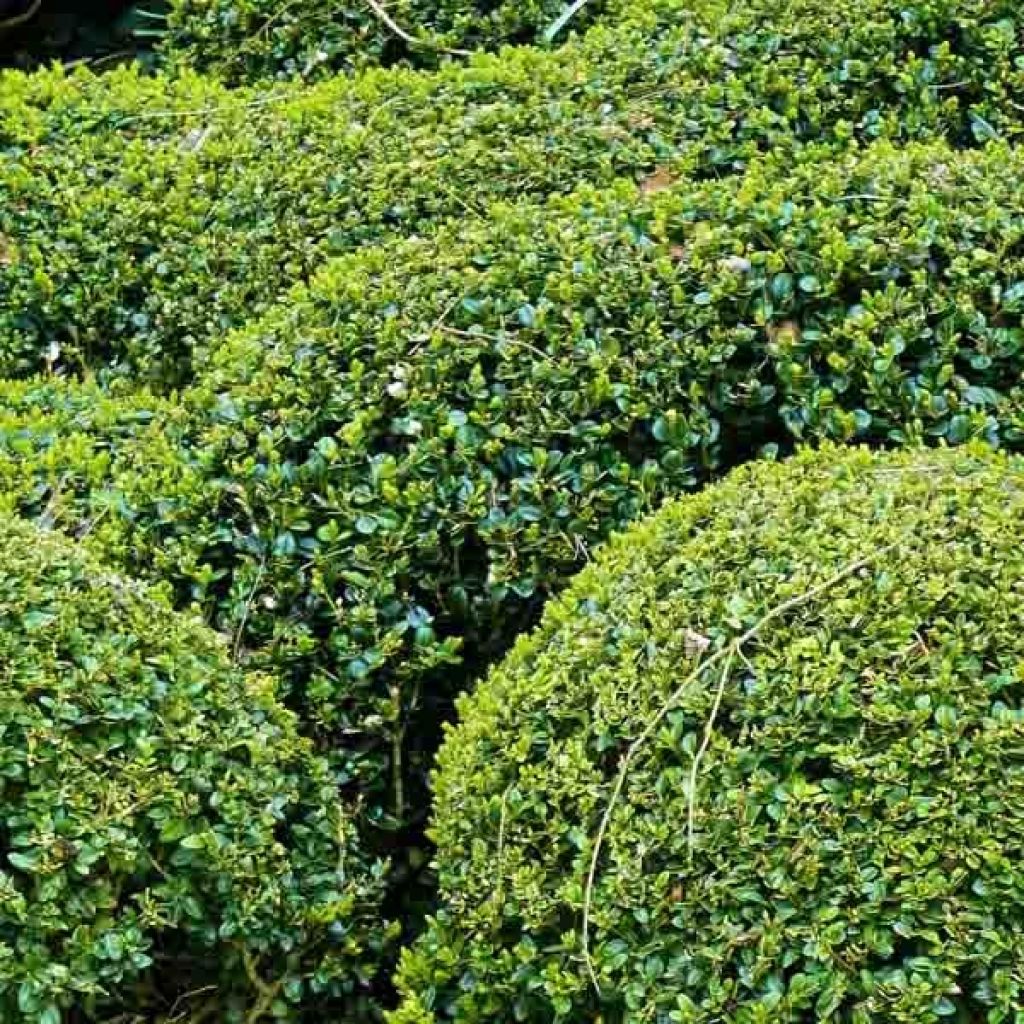

Buxus sempervirens - Boxwood
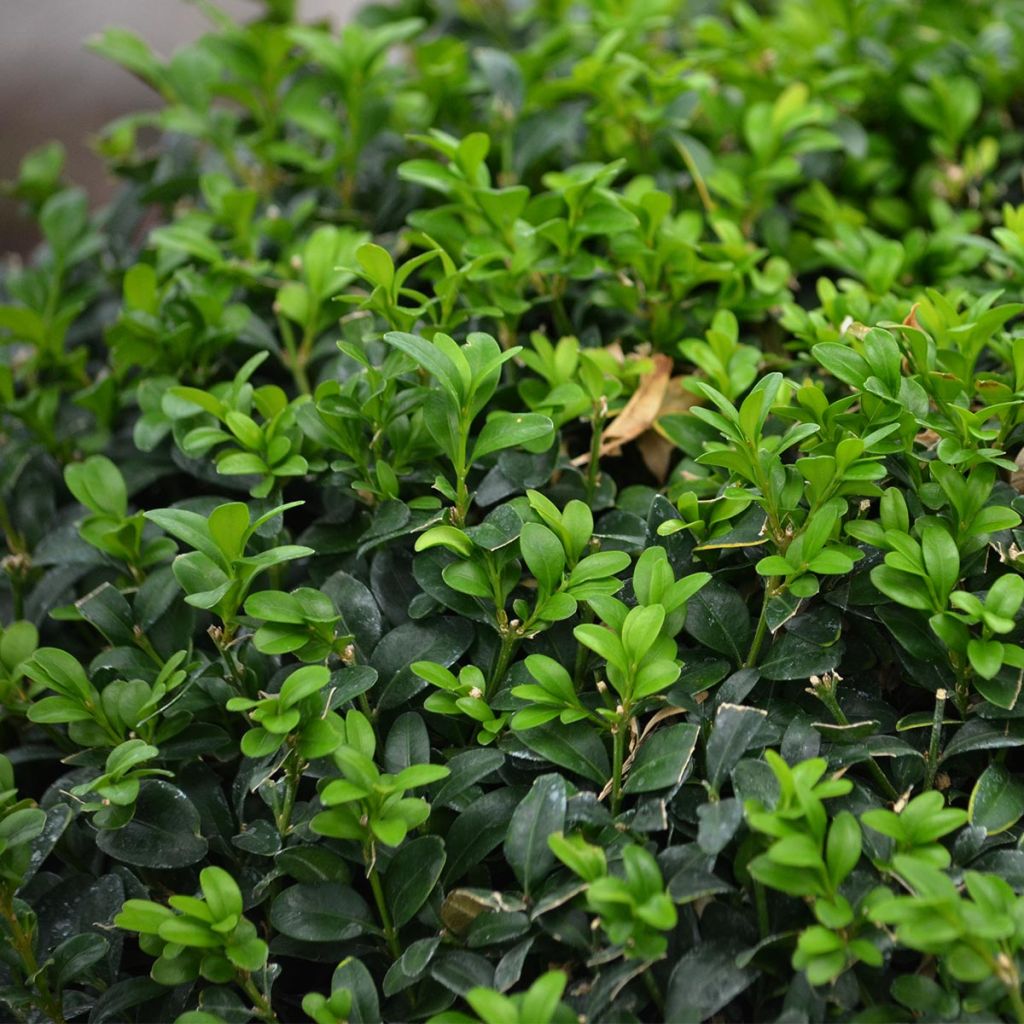

Buxus sempervirens - Boxwood
View more pictures
Hide images
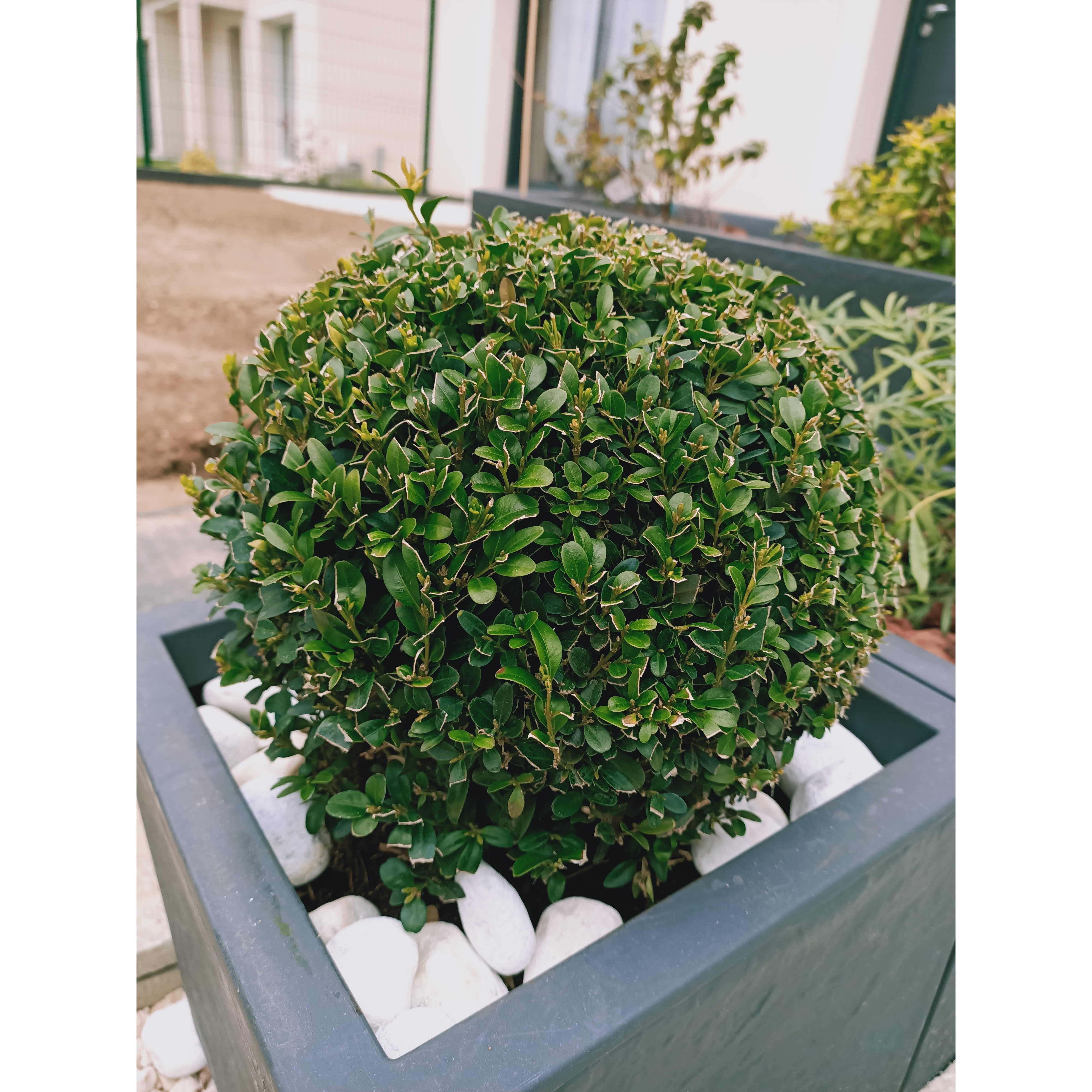
Sophie L.

Sophie L. • 91 FR
Buxus sempervirens - Boxwood
Buxus sempervirens
Common Box, European Box, Boxwood
Bushes with a nice look, not too tired upon their arrival, unlike other bushes ordered and delivered at the same time. Replanted and watered quickly, I am looking forward to spring to see how they thrive.
Vinz, 12/02/2025
Special offer!
Receive a €20 voucher for any order over €90 (excluding delivery costs, credit notes, and plastic-free options)!
1- Add your favorite plants to your cart.
2- Once you have reached €90, confirm your order (you can even choose the delivery date!).
3- As soon as your order is shipped, you will receive an email containing your voucher code, valid for 3 months (90 days).
Your voucher is unique and can only be used once, for any order with a minimum value of €20, excluding delivery costs.
Can be combined with other current offers, non-divisible and non-refundable.
Home or relay delivery (depending on size and destination)
Schedule delivery date,
and select date in basket
This plant carries a 24 months recovery warranty
More information
We guarantee the quality of our plants for a full growing cycle, and will replace at our expense any plant that fails to recover under normal climatic and planting conditions.

Would this plant suit my garden?
Set up your Plantfit profile →
Description
Buxus sempervirens is an evergreen bush that can adapt to any soil, any exposure, and any climate. Here it is in its 'ball' form, a perfect dark green sphere of remarkable density, ideal for immediately creating a permanent decoration, with classical or contemporary inspiration, on a terrace or in the garden.
Buxus sempervirens is found in Portugal, northern Spain, France, Germany, England, southern Belgium, Luxembourg, and Switzerland. It is also found in the Balkans, as well as in Bulgaria. As shown by this vast distribution area, it is a very ubiquitous bush, capable of adapting to any type of soil and climate.
Common boxwood is a slow-growing bush with small, leathery, dark green, aromatic leaves (whose smell can be unpleasant). Its appearance varies greatly depending on its living conditions. In humid or shady places, its leaves will be darker green, larger, and the plant will exceed 3 m (9.8 ft) in height. In rather dry, even very dry, and sunny places, its leaves will be lighter, sometimes almost yellow, and its growth more modest. In autumn or winter, sometimes as early as the end of summer in very dry climates, the foliage can take interesting bronze or orange shades. In April-May, it produces an abundance of nectar-rich and fragrant flowers. These appear in clusters of small greenish petals and bunches of yellow stamens. Each cluster consists of a terminal female flower and several pendant male flowers. This flowering is followed by the formation of small brown-grey, leathery capsules containing many ripe seeds at the end of summer. Their scent attracts ants that disperse them, thus contributing to the propogation of the plant. It is common to see 50-year-old boxwoods in the gardens of family houses, and in very old gardens, individuals over 500 years old can be found.
We offer this 'ball' boxwood, whose compact foliage is composed of small, shiny green leaves, known as "double density" obtained through regular pruning. The boxwoods we deliver form a uniform 20 cm (7.9 in) diameter ball. Box balls are immediately decorative and provide instant colour in pots on a terrace or balcony. They can also be placed in the garden at each end of a border, at each corner, like beautiful vegetal gems on a necklace of greenery.
.
A legendary tree: boxwood has lemon yellow wood with a very fine grain and is remarkably hard. It is the hardest wood found in the northern hemisphere. It ranks just behind ebony, derived from various species native to the tropical regions of the old world. As a symbol of immortality, it has been used since antiquity for the quality of its wood: Greeks and Romans used it to make tablets covered with wax on which they wrote. Highly sought after by turners, engravers, and sculptors, it was also used to make various musical instruments, tool handles, and to make the mallet of Masonic lodges, where it symbolised firmness and perseverance.
Buxus sempervirens - Boxwood in pictures


Plant habit
Flowering
Foliage
Botanical data
Buxus
sempervirens
Buxaceae
Common Box, European Box, Boxwood
Central Europe
Other Buxus - Boxwood
View all →Planting and care
Box is incredibly easy to grow. It prefers a neutral or slightly calcareous soil, but it proves to be really adaptable as shown by its extremely wide distribution area and the diversity of environments in which it grows. It will grow in any well-prepared and well-tilled soil, and in all exposures. For pot cultivation, apply rose fertiliser once or twice a year, and protect from very strong and lasting frosts that can damage the foliage superficially.
Planting period
Intended location
Care
Planting & care advice
-
, onOrder confirmed
Reply from on Promesse de fleurs
Similar products
Haven't found what you were looking for?
Hardiness is the lowest winter temperature a plant can endure without suffering serious damage or even dying. However, hardiness is affected by location (a sheltered area, such as a patio), protection (winter cover) and soil type (hardiness is improved by well-drained soil).

Photo Sharing Terms & Conditions
In order to encourage gardeners to interact and share their experiences, Promesse de fleurs offers various media enabling content to be uploaded onto its Site - in particular via the ‘Photo sharing’ module.
The User agrees to refrain from:
- Posting any content that is illegal, prejudicial, insulting, racist, inciteful to hatred, revisionist, contrary to public decency, that infringes on privacy or on the privacy rights of third parties, in particular the publicity rights of persons and goods, intellectual property rights, or the right to privacy.
- Submitting content on behalf of a third party;
- Impersonate the identity of a third party and/or publish any personal information about a third party;
In general, the User undertakes to refrain from any unethical behaviour.
All Content (in particular text, comments, files, images, photos, videos, creative works, etc.), which may be subject to property or intellectual property rights, image or other private rights, shall remain the property of the User, subject to the limited rights granted by the terms of the licence granted by Promesse de fleurs as stated below. Users are at liberty to publish or not to publish such Content on the Site, notably via the ‘Photo Sharing’ facility, and accept that this Content shall be made public and freely accessible, notably on the Internet.
Users further acknowledge, undertake to have ,and guarantee that they hold all necessary rights and permissions to publish such material on the Site, in particular with regard to the legislation in force pertaining to any privacy, property, intellectual property, image, or contractual rights, or rights of any other nature. By publishing such Content on the Site, Users acknowledge accepting full liability as publishers of the Content within the meaning of the law, and grant Promesse de fleurs, free of charge, an inclusive, worldwide licence for the said Content for the entire duration of its publication, including all reproduction, representation, up/downloading, displaying, performing, transmission, and storage rights.
Users also grant permission for their name to be linked to the Content and accept that this link may not always be made available.
By engaging in posting material, Users consent to their Content becoming automatically accessible on the Internet, in particular on other sites and/or blogs and/or web pages of the Promesse de fleurs site, including in particular social pages and the Promesse de fleurs catalogue.
Users may secure the removal of entrusted content free of charge by issuing a simple request via our contact form.
The flowering period indicated on our website applies to countries and regions located in USDA zone 8 (France, the United Kingdom, Ireland, the Netherlands, etc.)
It will vary according to where you live:
- In zones 9 to 10 (Italy, Spain, Greece, etc.), flowering will occur about 2 to 4 weeks earlier.
- In zones 6 to 7 (Germany, Poland, Slovenia, and lower mountainous regions), flowering will be delayed by 2 to 3 weeks.
- In zone 5 (Central Europe, Scandinavia), blooming will be delayed by 3 to 5 weeks.
In temperate climates, pruning of spring-flowering shrubs (forsythia, spireas, etc.) should be done just after flowering.
Pruning of summer-flowering shrubs (Indian Lilac, Perovskia, etc.) can be done in winter or spring.
In cold regions as well as with frost-sensitive plants, avoid pruning too early when severe frosts may still occur.
The planting period indicated on our website applies to countries and regions located in USDA zone 8 (France, United Kingdom, Ireland, Netherlands).
It will vary according to where you live:
- In Mediterranean zones (Marseille, Madrid, Milan, etc.), autumn and winter are the best planting periods.
- In continental zones (Strasbourg, Munich, Vienna, etc.), delay planting by 2 to 3 weeks in spring and bring it forward by 2 to 4 weeks in autumn.
- In mountainous regions (the Alps, Pyrenees, Carpathians, etc.), it is best to plant in late spring (May-June) or late summer (August-September).
The harvesting period indicated on our website applies to countries and regions in USDA zone 8 (France, England, Ireland, the Netherlands).
In colder areas (Scandinavia, Poland, Austria...) fruit and vegetable harvests are likely to be delayed by 3-4 weeks.
In warmer areas (Italy, Spain, Greece, etc.), harvesting will probably take place earlier, depending on weather conditions.
The sowing periods indicated on our website apply to countries and regions within USDA Zone 8 (France, UK, Ireland, Netherlands).
In colder areas (Scandinavia, Poland, Austria...), delay any outdoor sowing by 3-4 weeks, or sow under glass.
In warmer climes (Italy, Spain, Greece, etc.), bring outdoor sowing forward by a few weeks.






























